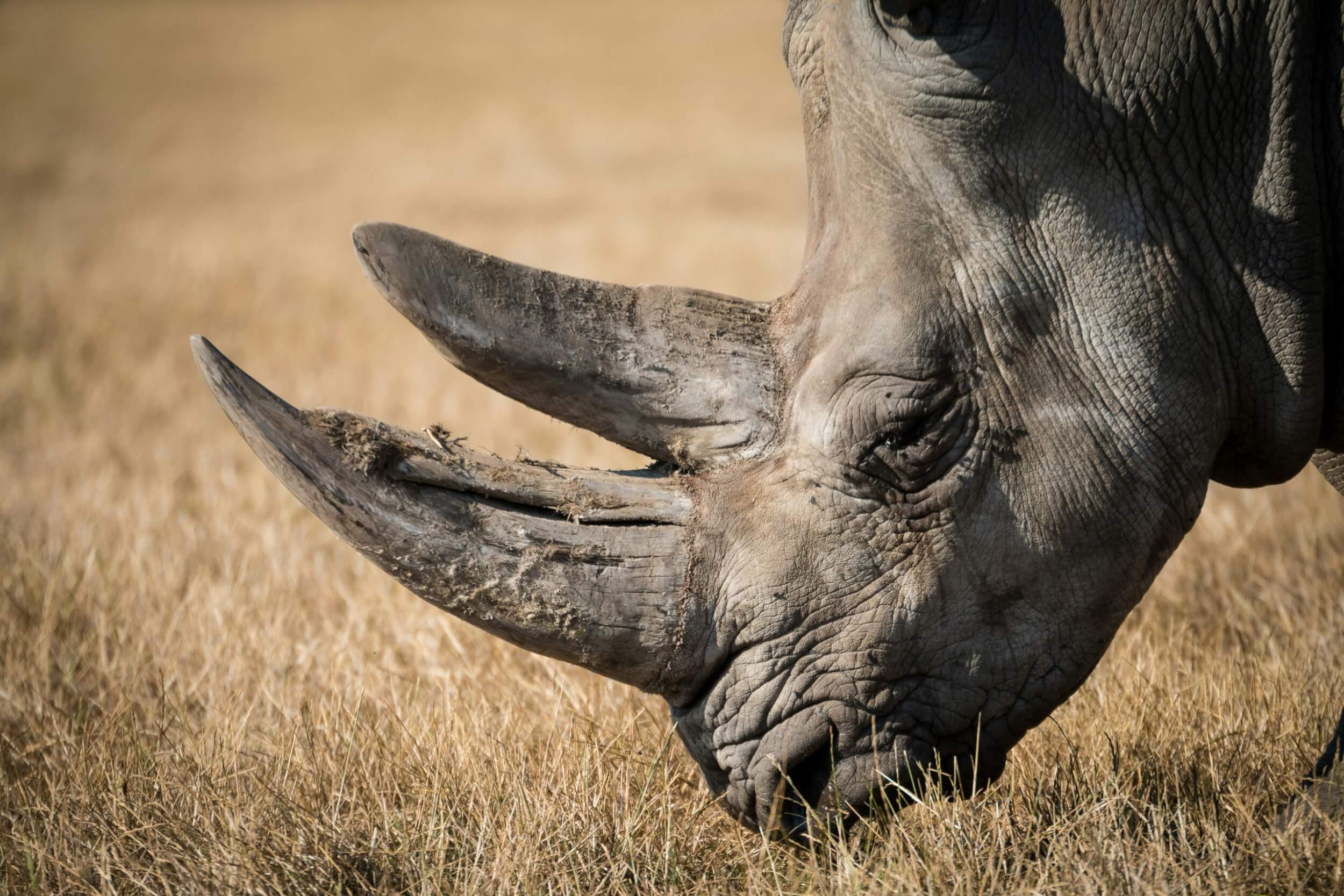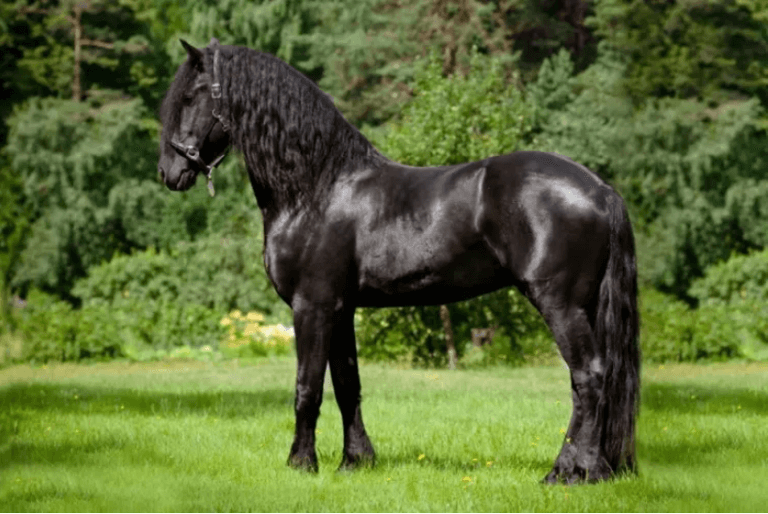20 Extinct Animals We’ve Lost in the Past 150 Years
In the past century and a half, human activity, habitat destruction, climate change, and invasive species have led to the extinction of numerous animals. Here are 20 species we’ve tragically lost in the past 150 years:
Passenger Pigeon (1914) – Once numbering in the billions in North America, these birds were driven to extinction due to mass hunting and habitat destruction.
Thylacine (1936) – Also known as the Tasmanian Tiger, this unique marsupial was hunted to extinction by settlers in Australia and Tasmania.
Quagga (1883) – A subspecies of the plains zebra, the Quagga was wiped out by overhunting in South Africa.
Pinta Island Tortoise (2012) – Lonesome George, the last of his kind, died in captivity, marking the end of this Galápagos subspecies.
Golden Toad (1989) – Native to Costa Rica, this amphibian was lost to climate change and habitat loss.
Baiji (2006) – This freshwater dolphin from China’s Yangtze River was declared functionally extinct due to pollution and dam construction.
Pyrenean Ibex (2000) – Native to the Pyrenees mountains, this wild goat went extinct from overhunting, with a failed attempt at cloning years later.
West African Black Rhinoceros (2011) – Poaching and habitat loss led to the extinction of this subspecies of black rhino.
Caribbean Monk Seal (1952) – Overhunted by European settlers, this seal vanished from the warm waters of the Caribbean.
Javan Tiger (1970s) – Habitat loss and hunting led to the extinction of this tiger subspecies in Java, Indonesia.
Heath Hen (1932) – Once common in New England, this bird was driven to extinction by hunting and habitat destruction.
Tecopa Pupfish (1981) – This small fish native to California’s hot springs was lost due to habitat alteration by human activities.
Spix’s Macaw (1990s) – Although extinct in the wild, conservation efforts aim to reintroduce this vibrant parrot native to Brazil.
Dusky Seaside Sparrow (1987) – Habitat loss due to mosquito control measures and pesticide use caused the extinction of this bird in Florida.
Yangtze Giant Softshell Turtle (2020) – With just one female remaining in captivity, this critically endangered species may soon disappear entirely.
Steller’s Sea Cow (1768) – A large marine mammal, it was hunted to extinction within 27 years of its discovery.
Ivory-billed Woodpecker (declared extinct 2021) – Last seen in the U.S. in the 1940s, habitat loss and hunting are believed to have sealed its fate.
Great Auk (1844) – This large, flightless bird was hunted to extinction by European sailors.
Northern White Rhinoceros (functionally extinct 2018) – Only two females remain, making this species functionally extinct. Conservationists are working on advanced reproduction techniques to try and save it.
Moho (2018) – A Hawaiian bird known for its unique calls, the Moho’s extinction was caused by habitat loss and invasive species.
These animals serve as a sobering reminder of the importance of conservation efforts. As ecosystems change and human activities continue to impact wildlife, protecting vulnerable species becomes more crucial than ever.


